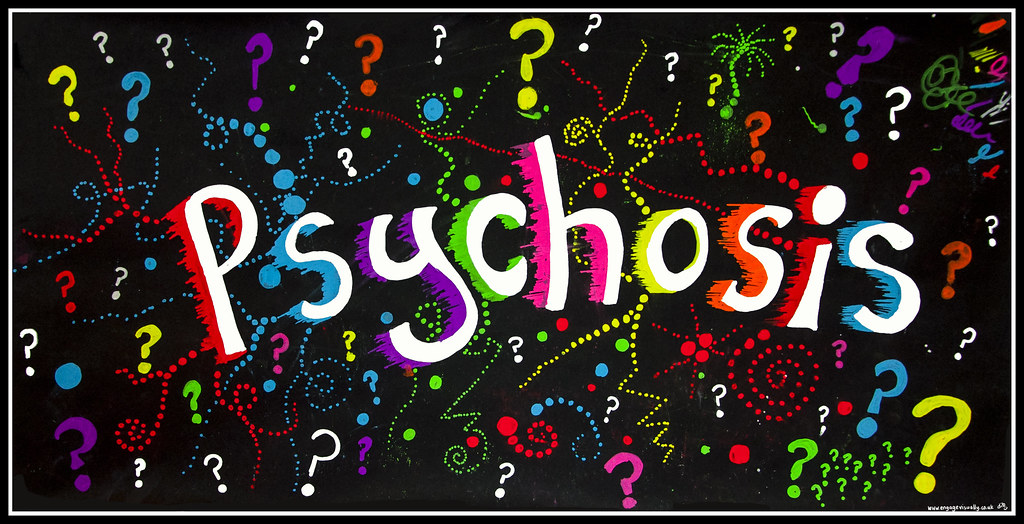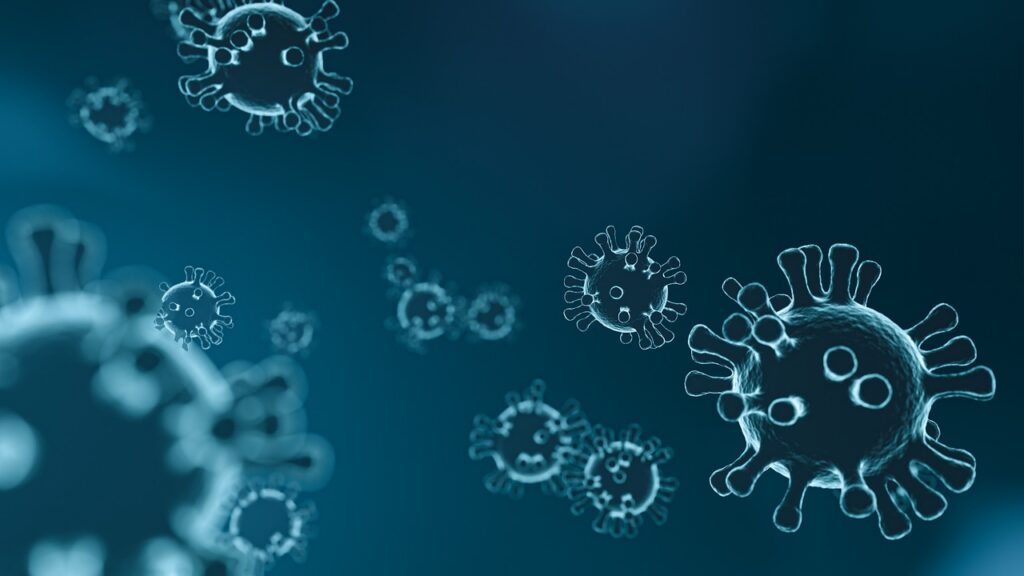In a groundbreaking stride for mental health diagnostics, researchers have harnessed the power of machine learning to predict the onset of psychosis with remarkable accuracy. This innovative approach, which classifies MRI brain scans to distinguish between healthy individuals and those at risk of a psychotic episode, could revolutionize early intervention strategies and improve outcomes for those affected.
The international consortium, including the University of Tokyo, has meticulously analyzed brain scans from over 2,000 participants across 21 global locations. Approximately half of these individuals were clinically at high risk of developing psychosis. The machine learning-based classifier, trained on this extensive dataset, achieved an impressive 85% accuracy in identifying those not at risk and those who later manifested overt psychotic symptoms. When applied to new data, the classifier maintained a robust 73% accuracy.
Psychosis, characterized by delusions, hallucinations, or disorganized thinking, can be precipitated by various factors such as illness, trauma, substance use, or genetic predisposition. While the condition can be unsettling, the majority of those affected do recover. Timely intervention is crucial, as it typically results in more favorable outcomes and less disruption to individuals’ lives.
Associate Professor Shinsuke Koike from the University of Tokyo elucidates the clinical challenge: “At most only 30% of clinical high-risk individuals later have overt psychotic symptoms, while the remaining 70% do not.” He emphasizes the necessity for clinicians to leverage not only subclinical signs but also biological markers to accurately identify those who will progress to overt psychosis.
The consortium’s machine-learning tool represents a significant advancement in this regard. Prior research indicated structural brain changes post-psychosis onset, but this is the first instance where such differences have been identified in those at high risk yet to experience an episode. The diverse participant group and the harmonization of data from various MRI machines underscore the robustness of the classifier.
Koike also points out the challenges in MRI research, particularly the variations in brain development and MRI machine specifications. Despite these obstacles, the team successfully corrected for these differences, fine-tuning the classifier for predicting psychosis onset.

The study divided participants into three groups based on clinical high risk and a fourth group of healthy controls. The machine-learning algorithm was then trained to discern patterns in brain anatomy, classifying participants into two main groups: healthy controls and those at high risk who later developed psychotic symptoms.
The implications of this research are profound. Providing brain MRI scans for individuals identified as clinically high risk could significantly enhance the prediction of psychosis onset. Koike adds, “We still have to test whether the classifier will work well for new sets of data.” The Brain/MINDS Beyond project in Japan is now tackling the challenge of building a classifier robust enough for MRIs from new sites and machines, aiming to apply this technology in real-life clinical settings.
This pioneering work not only paves the way for more effective mental health care but also exemplifies the transformative potential of machine learning in clinical applications. As researchers continue to refine these tools, we edge closer to a future where early detection and intervention for mental health conditions become a reality, ultimately safeguarding brain health and improving quality of life for countless individuals.
Related posts:
Using AI to predict psychosis before it occurs
Brain Scans Can Predict Psychosis Before It Happens | Technology Networks





